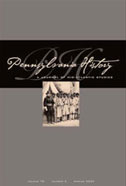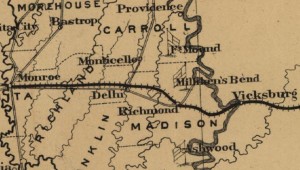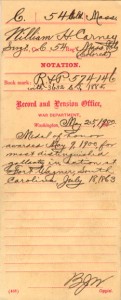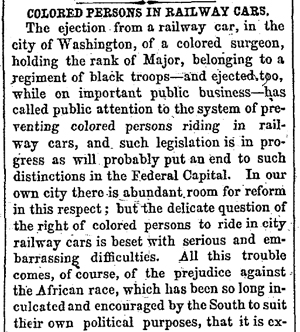 Jeffry Wert’s article in Pennsylvania History provides a great overview of Camp William Penn’s operation between 1863 and 1865 as well as interesting details on events that took place at the camp. While “the record is mute” as to who picked the location outside Philidelphia for building the camp, Wert notes that “whoever…[it was] chose wisely.” “The training site was located near ‘Roadsite,’” which has Wert explains, was “the home of abolitionists James and Lucretia Mott.” Pennsylvania History, which is the official journal of the Pennsylvania Historical Association, is available through a digital archive that contains all of the issues published between 1934 and 2005. Wert’s article is available here as PDF file. (Note that Adobe Reader has to be installed on your computer in order to read this article.)
Jeffry Wert’s article in Pennsylvania History provides a great overview of Camp William Penn’s operation between 1863 and 1865 as well as interesting details on events that took place at the camp. While “the record is mute” as to who picked the location outside Philidelphia for building the camp, Wert notes that “whoever…[it was] chose wisely.” “The training site was located near ‘Roadsite,’” which has Wert explains, was “the home of abolitionists James and Lucretia Mott.” Pennsylvania History, which is the official journal of the Pennsylvania Historical Association, is available through a digital archive that contains all of the issues published between 1934 and 2005. Wert’s article is available here as PDF file. (Note that Adobe Reader has to be installed on your computer in order to read this article.)
(Courtesy of the Pennsylvania Historical Association – Jeffry D. Wert, “Camp William Penn and the Black Soldier,” Pennsylvania History 46 (October 1979), 335-346. )






